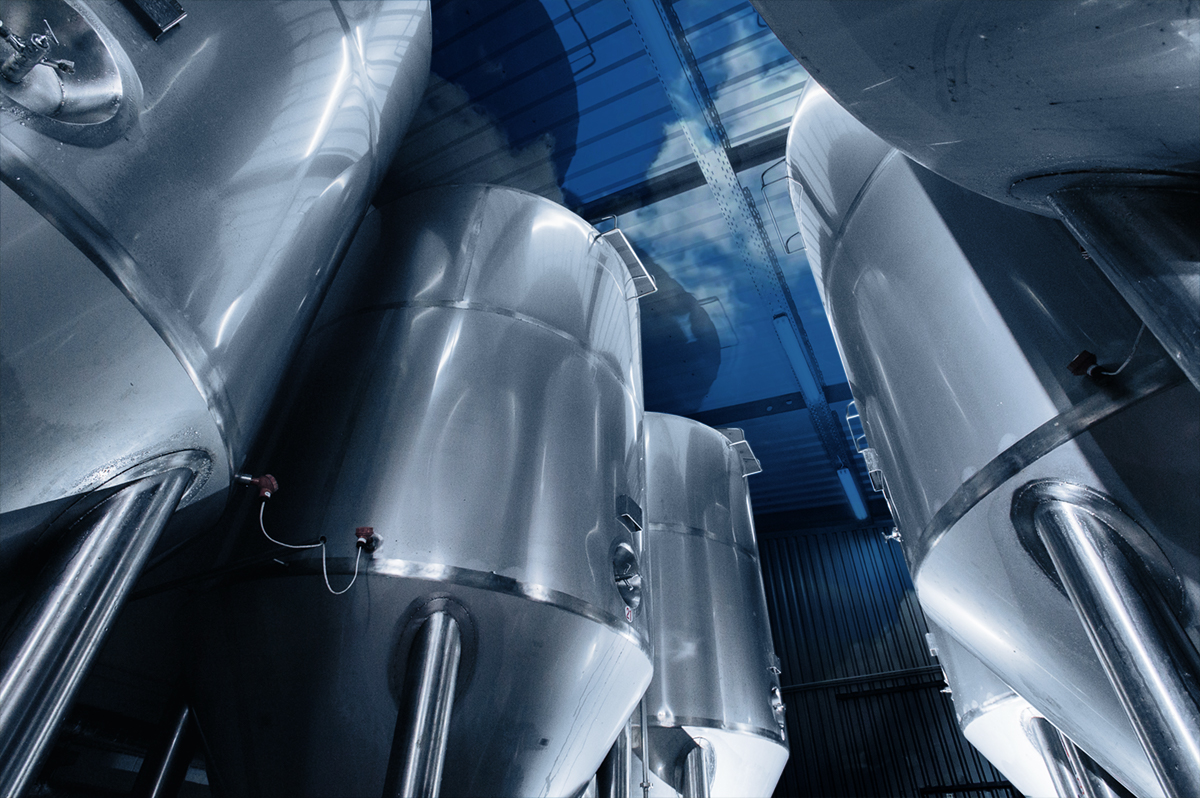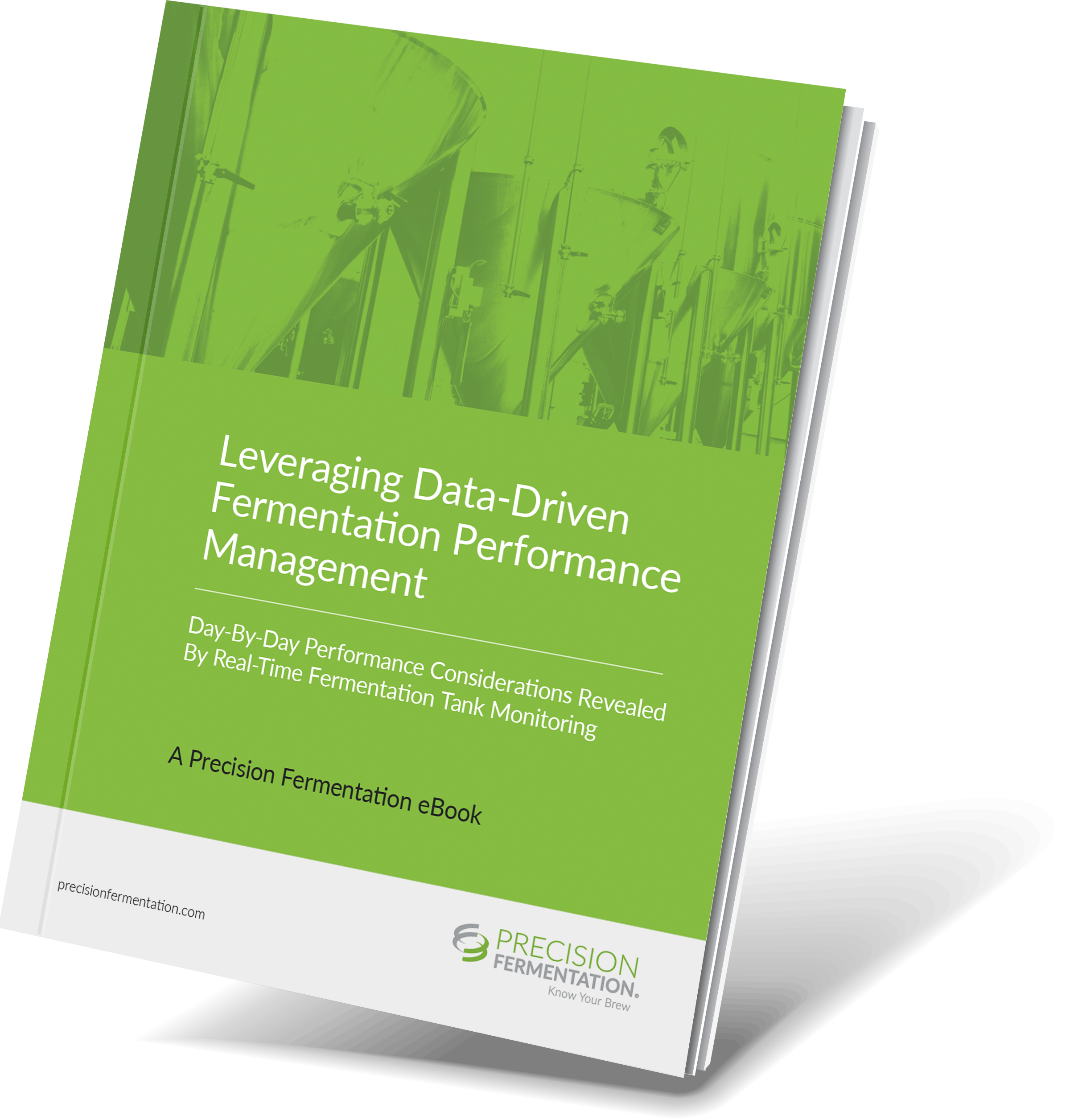
How yeast pitching rates affect beer fermentation

Does pitch rate matter? Though not everyone agrees, prevailing wisdom strongly suggests that brewers who prioritize accurate flavours and/or consistency should absolutely pay attention to their yeast counts.
But how does a brewer calculate what their target pitch rate should be? And what happens if they over-pitch or under-pitch their yeast? The various factors required to calculate a target pitch rate for beer can make figuring out the formula quite complicated. So let’s deconstruct the topic and find some easy ways to do it.
What are Pitching and Target Pitch Rates?
The Oxford Companion to Beer defines pitching as “the process of adding yeast to wort to start fermentation and produce beer.” The brewing dictionary advises: “The term ‘pitching’ may seem to have connotations of a baseball throw, but it should actually be done gently so as to minimize stress on the yeast and ensure rapid growth.”
A pitch rate is simply the number of yeast cells added to the fermentation tank per volume of wort. Yeast can be added directly to the wort in dry form or via a wet slurry of propagated yeast. Pitch rate calculations vary based on which method is used.
Why is the Target Pitch Rate Important?
If you want to brew consistent beers, it’s critical to maintain a standard pitch rate each time you make the same beer. And as we know, yeast is temperamental. It needs just the right conditions to do its work.
If you under-pitch, meaning you don’t add enough yeast to the cooled wort waiting inside your fermenter, the individual yeast cells may struggle to do more work than they can handle. They can reproduce too many times in order to compensate, which increases the chances of off-flavours.
Low pitch rates raise the odds that fermentation characteristics like esters will develop. This may or may not be a good thing, depending on your intended style and flavour profile.
If you over-pitch, or dump in too much yeast, your squadron of cells might over-accomplish its mission, thereby fermenting too fast and stripping the beer of much of its desired character. If you’re aiming for esters and other complexities that arise during fermentation, you might not get them.
How Do You Determine Pitch Rate?
Pitch rate depends on original gravity, yeast strain and fermentation temperature. The cooler the fermentation, the slower the yeast activity to start and the more you need to pitch to get the job done. Lagers fall into this category.
Because ales ferment warmer they naturally ferment faster, meaning they don’t require as much yeast to jump start the process. However, higher concentrations of alcohol — in both ales and lagers — can create greater barriers for the yeast to overcome. Brewers can adjust for this by pitching at a higher rate.
What Are Standard Pitch Rates for Brewing Lagers and Ales?
Pitch rates are usually expressed as cells per millilitre. A very broad guideline for pitching yeast is a generally agreed upon 1 million cells per millilitre per degrees Plato. But like almost everything in brewing, the agreement doesn’t extend much further than that.
In their book, Yeast, for example, Chris White and Jamil Zainasheff say they prefer 0.75 million c/ml for many styles of ales and 1.5 million c/ml for a range of lagers but that each brewer should determine ideal pitch rates for each unique beer they make. They also note that when pitching a fresh, lab-grown culture, brewers can typically expect to be able to cut these pitch rates in half.
For more precision, most brewers plug their numbers into a free online pitch rate calculator. Because yeast brands perform differently from one another, it’s best to use the pitch rate calculator provided by your yeast vendor. If you’re relying on a chart or your own calculations, remember that high-alcohol beers and those fermented with Brettanomyces carry specific considerations.
There are several ways to get an accurate cell count of your pitch. Many yeast providers will include a guaranteed “live cell per millilitre” with any fresh liquid pitch, or dormant cell per gram for dry yeast. If your brewery propagates its own yeast, frequently pitches cone-to-cone or from a yeast brink, it’s advisable to invest in a 40x microscope and a hemocytometer in order to count cells in house. For those worried about how granular to get when counting, don’t self-apply too much pressure. The key, according to White and Zainasheff, is less about focusing on exact counts of cells and more about being consistent with the overall pitch quantity each time you pitch.
What’s the Difference Between Direct Pitching Yeast and Pitching Propagated Yeast?
Brewers who choose to save money by buying relatively small amounts of yeast and propagating (AKA “growing”) it into larger quantities need to factor in the volume of slurry instead of merely the total volume of wort.
In the most common type of propagation, called a “1-Step-10-Fold,” a brewer inoculates a little bit of wort, lets it attenuate 50-75% then adds ten times that amount of oxygenated wort on top. According to Wyeast, ales and wheat beers fermented this way call for a pitch rate of 1 litre of yeast per barrel, while lagers and high-gravity beers do best with double that.
What if the Pitch Rate is Wrong?
Because a low pitch rate creates a higher rate of cell growth, under-pitched beer can develop a host of problems, the worst of which are infections and off-flavours like diacetyl, sulphur, fusel alcohol and unwanted esters. Gravities may get too high and a brewer may end up with a stuck fermentation.
Over-pitches are much more forgiving, although they can lead to uber-fast fermentations, low ester production, thin body, and autolysis, which gives the beer an unpleasant yeasty flavour. However, whereas under-pitching can be corrected by simply adding a bit more yeast, over-pitching is impossible to rectify. So if you’re unsure of the correct volume to pitch, it could be beneficial to aim slightly lower, then perform a cell count of the fresh wort, and correct accordingly.
Free eBook: “Leveraging Data-Driven Fermentation Performance Management”
 Download the free Precision Fermentation ebook, Leveraging Data-Driven Fermentation Performance Management: Day-by-Day Performance Considerations Revealed By Real-Time Fermentation Tank Monitoring. Can fermentation management be improved, as a process? This eBook explores, in detail, how fermentation performance data analysis helps elevate product and business outcomes in a modern brewery, whether brewpub, microbrewery or regional craft brewer. Download now »
Download the free Precision Fermentation ebook, Leveraging Data-Driven Fermentation Performance Management: Day-by-Day Performance Considerations Revealed By Real-Time Fermentation Tank Monitoring. Can fermentation management be improved, as a process? This eBook explores, in detail, how fermentation performance data analysis helps elevate product and business outcomes in a modern brewery, whether brewpub, microbrewery or regional craft brewer. Download now »



